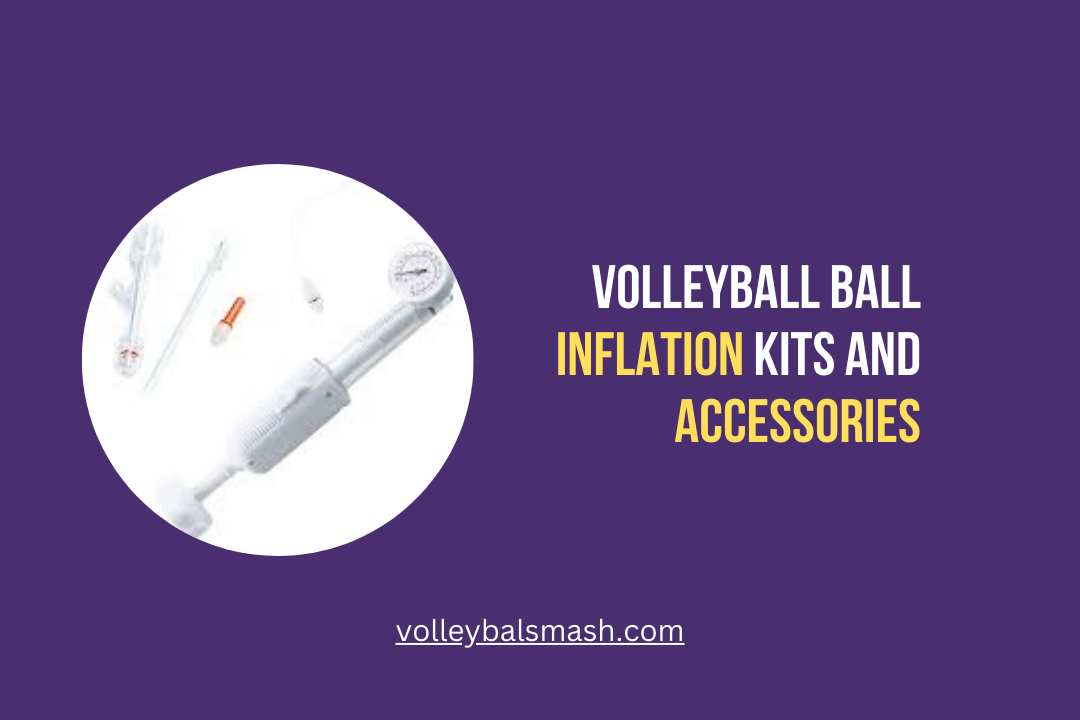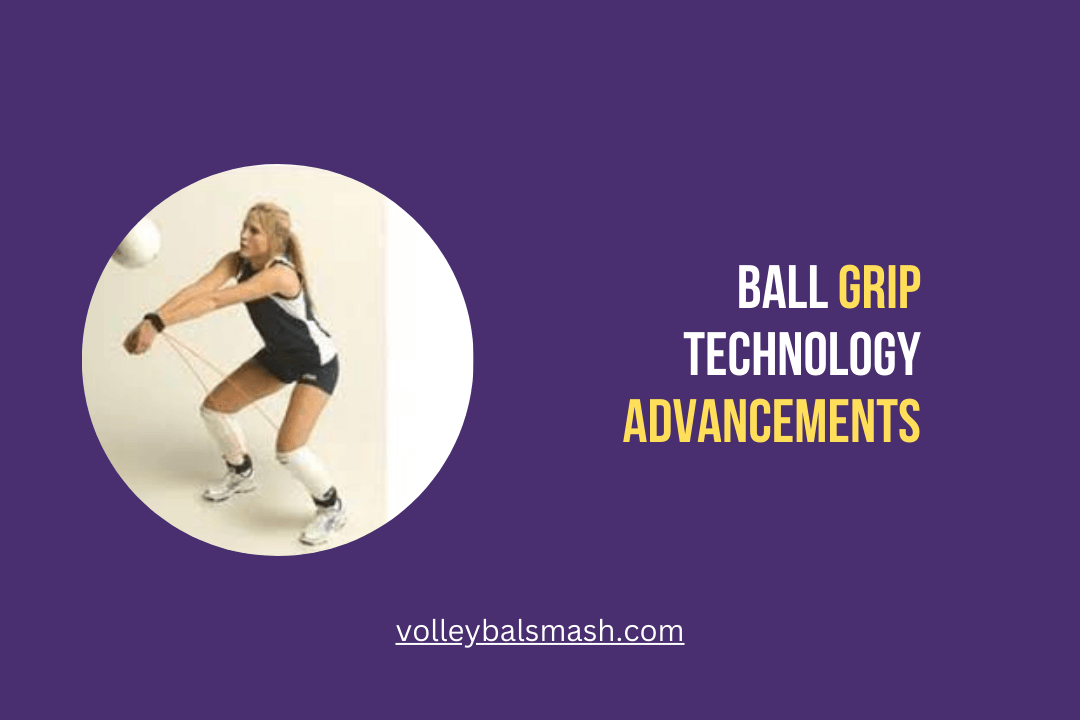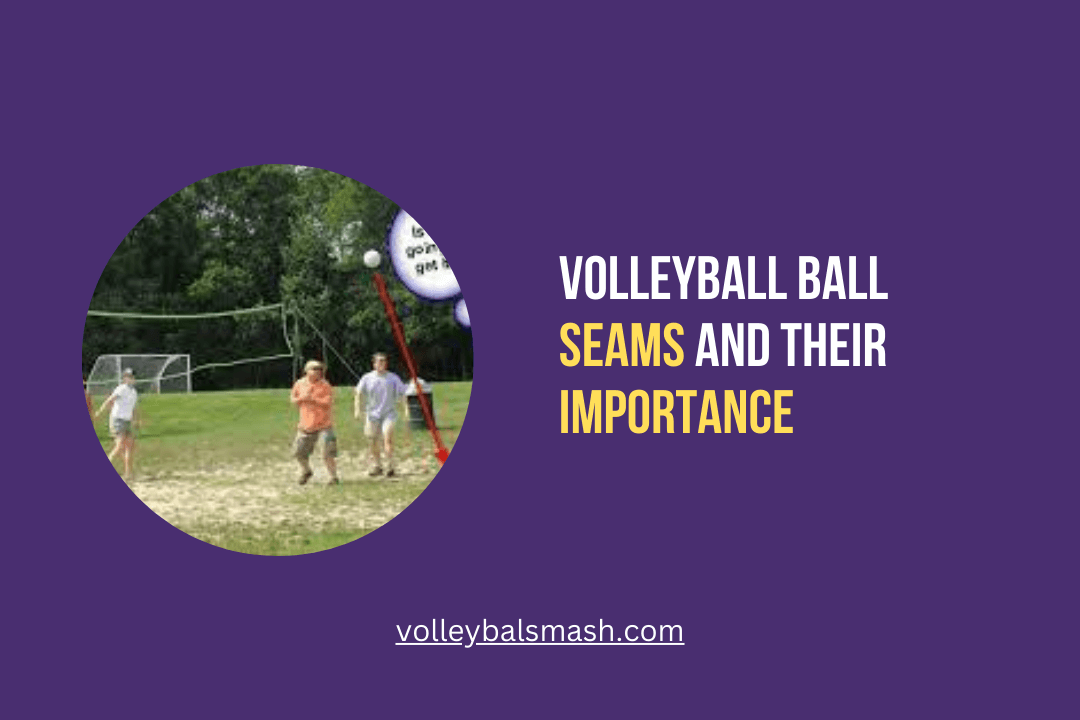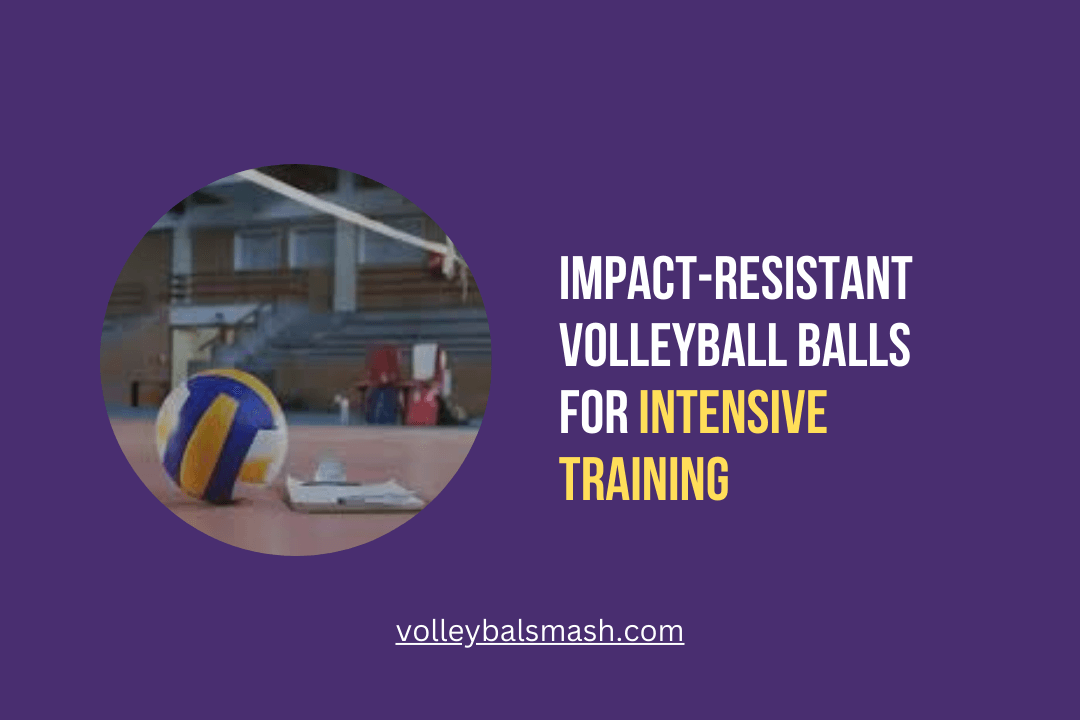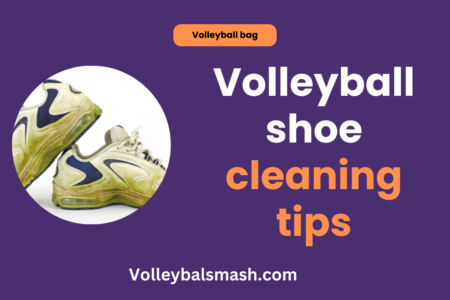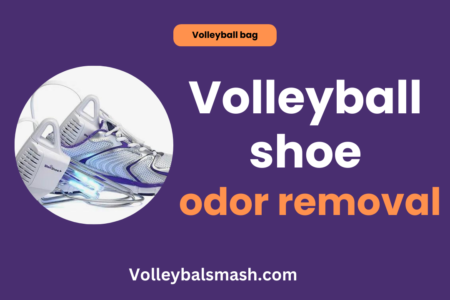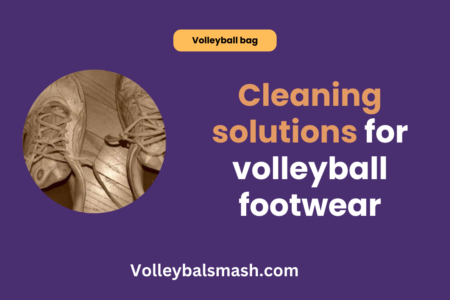Ensuring that you have the right volleyball ball for the surface you will be playing on is crucial to your game. Different surfaces require different types of balls, and using the wrong ball can not only diminish your performance, but also increase the risk of injury. When selecting a volleyball ball for different surfaces, make sure to consider factors such as indoor vs. outdoor play, the type of floor, and the level of play. By choosing the correct ball for the surface, you can improve your game and reduce the risk of injury.
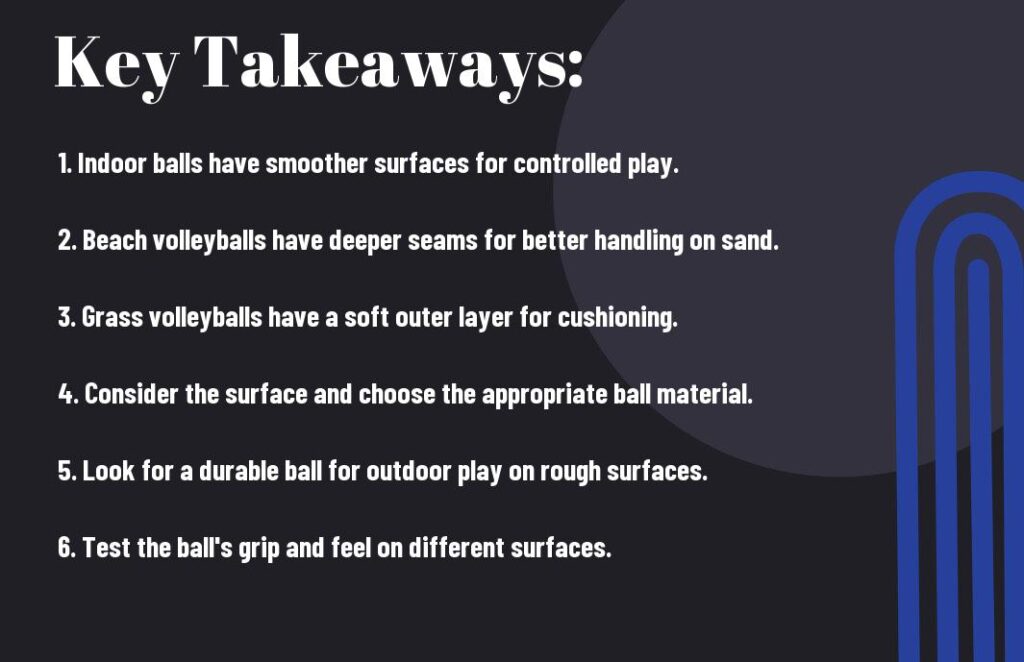
Understanding Volleyball Specifications
If you want to select the best volleyball ball for different surfaces, it’s important to have a good understanding of volleyball specifications. This will help you to make an informed decision when choosing a volleyball ball that meets your requirements.
Material Composition
When it comes to material composition, volleyball balls can be made of various materials such as leather, composite leather, or synthetic leather. Leather volleyball balls are often preferred for their soft feel and better grip, while composite or synthetic leather volleyball balls are more durable and suitable for outdoor play. The material composition of a volleyball ball will impact its performance, so consider the surface you’ll be playing on to decide which material is best for you.
Size and Weight Standards
Size and weight standards are crucial when selecting a volleyball ball. According to official regulations, a volleyball ball should have a circumference of 65-67 centimeters and a weight of 260-280 grams. When choosing a volleyball ball for different surfaces, ensure that it meets these standards to ensure fair play and consistent performance. The size and weight of the ball will affect how it moves through the air and how it feels when you play, so it’s important to select a ball that meets these standards.
volleyball ball sizes and age groups
Indoor Volleyballs
Some volleyball balls are specifically designed for indoor play. Indoor volleyballs are made to be responsive and playable on smooth and polished indoor surfaces. They are lighter and have a softer feel compared to outdoor volleyballs, making them ideal for matches and training sessions in indoor gyms.
Features of Indoor Volleyballs
Indoor volleyballs are constructed with a premium feel, using high-quality materials such as micro-fiber composite leather or polyurethane. These materials provide excellent grip and control, allowing you to easily set, serve, and spike the ball with precision. Indoor volleyballs also have a butyl bladder to maintain their shape and air retention, ensuring consistent performance during intense play.
Recommended Brands and Models for Indoor Play
When selecting an indoor volleyball, look for trusted brands that are known for their durability and performance. Some of the top recommended brands for indoor play include Mikasa, Tachikara, and Molten. Models such as the Mikasa V200W, Tachikara SV5WSC, and Molten FLISTATEC are popular choices among competitive indoor volleyball players. These balls are designed to meet professional standards, offering the right combination of touch, control, and durability for indoor play.
Beach Volleyballs
Lastly, when considering the different surfaces for playing volleyball, you may want to think about beach volleyball. Beach volleyball has different requirements for its ball compared to indoor or grass volleyball. The sand and outdoor environment can have a significant impact on the ball’s performance, so it’s essential to choose a volleyball specifically designed for beach play. For more in-depth information on selecting the right volleyball ball, you can refer to Everything You Need to Know About Volleyball Balls.
Characteristics of Beach Volleyballs
Beach volleyballs are typically softer and lighter than indoor volleyballs. This is to compensate for the sand’s resistance and unpredictable nature. The softer and lighter construction allows for a better feel and control, especially when playing under the sun, and the ball heats up. Beach volleyballs also have a rougher surface to help with better gripping and handling on sand, which is essential for your performance on the beach.
Top Choices for Beach Volley Play
When choosing a beach volleyball, look for models specifically labeled for beach play. These balls are designed to withstand the harsh conditions of sand and sun while providing you with the best playing experience. Some top choices for beach volley play include balls with a composite leather cover, which is durable and resistant to the elements, as well as a softer feel for improved handling. Balls with a butyl bladder also offer better air and shape retention, crucial for beach volleyball where the ball is exposed to the sun and elements for extended periods.
Specialty Surfaces and Volleyball Variants
To ensure that you have the right volleyball for different surfaces and variations of the game, it’s important to understand the specific requirements for each situation. Whether you are playing on grass, sand, or indoors for recreational or competitive purposes, selecting the right volleyball can greatly impact your performance and the overall enjoyment of the game.
Volleyballs for Grass and Outdoor Courts
When playing volleyball on grass or outdoor courts, it is crucial to select a volleyball that can withstand the rougher surface and varying weather conditions. Look for outdoor volleyball balls that are specifically designed for grass play. These balls are typically heavier and have a more durable cover to withstand the wear and tear of outdoor play. Additionally, they are often designed to provide more stability and accuracy in windy conditions, ensuring that you can still play your best regardless of the weather.
Volleyballs for Recreational and Training Purposes
For recreational and training purposes, it’s important to have a volleyball that is versatile and suitable for various surfaces. Look for training volleyballs that are softer and easier to handle, making them ideal for beginners or casual players.
These balls are also great for honing your skills and practicing drills without the intensity of a competitive game. Additionally, they are often designed to provide a consistent and predictable flight, allowing you to focus on improving your technique without having to worry about unpredictable bounces.
Caring for Your Volleyball
After selecting the best volleyball for your needs, it is important to properly care for it to ensure it lasts as long as possible. Proper care and maintenance will also ensure that your volleyball performs well and stays in good condition for game play.
Maintenance and Storage Tips
When it comes to maintaining your volleyball, it is important to keep it clean and dry. You can clean it with a damp cloth and a mild detergent, making sure to dry it thoroughly afterwards. As for storage, it’s best to keep your volleyball in a cool, dry place, away from direct sunlight and extreme temperatures. You can also use a volleyball bag to protect it from dirt and damage.
- Keep the volleyball clean and dry
- Store it in a cool, dry place, away from direct sunlight
- Use a volleyball bag for protection
The proper maintenance and storage of your volleyball will help to prolong its lifespan and ensure optimal performance on the court.
Longevity Tips for Different Surfaces
When playing volleyball on different surfaces, such as indoor and outdoor courts, it is important to take into consideration the impact on your volleyball. For indoor play, the smooth surface of the court may result in less wear and tear on the ball. However, outdoor play on rougher surfaces can have a greater impact on the durability of the volleyball. The quality and construction of the ball can also affect its longevity on various surfaces.
- Consider the impact of different surfaces on your volleyball
- Indoor play may result in less wear and tear
- Outdoor play may have a greater impact on durability
- The quality and construction of the ball matter
The type of surface you play on and the quality of the ball will play a significant role in the volleyball’s longevity, so it’s important to take these factors into consideration.
break in a new volleyball ball
Conclusion
Considering all points, it is important to select a volleyball ball that is suitable for the surface you will be playing on. Whether it is indoor, outdoor, or beach volleyball, choosing the right ball can greatly impact your game. Be sure to consider the size, weight, and material of the ball to ensure optimal performance and durability. By selecting the right volleyball ball for the surface you will be playing on, you can enhance your playing experience and improve your overall game.
FAQ
What type of volleyball ball should I select for indoor surfaces?
For indoor surfaces, it is best to select a volleyball ball with a composite or synthetic leather cover. This type of cover provides a good grip and feel, making it suitable for play on wooden or smooth indoor court surfaces. Additionally, indoor volleyball balls are typically lighter than outdoor balls, which allows for greater control and precision during game play.
What kind of volleyball ball is ideal for outdoor play on grass or sand surfaces?
When playing volleyball outdoors on grass or sand surfaces, it is essential to choose a volleyball ball with a durable cover, such as a soft, synthetic leather or rubber cover. These materials are specifically designed to withstand the abrasive nature of outdoor play and can endure the impact of landing on a variety of surfaces. Outdoor volleyball balls also tend to be slightly heavier than indoor ones, providing stability and control in outdoor conditions.
Is it possible to use the same volleyball ball for both indoor and outdoor play?
While it is possible to use a volleyball ball designed for indoor play outdoors and vice versa, it is not recommended. Indoor volleyball balls are not built to withstand the wear and tear of outdoor surfaces, and their lighter weight can hinder performance in windy conditions. Likewise, outdoor volleyball balls may be too heavy and abrasive for indoor use, potentially causing damage to the playing surface or increasing the risk of injury to players. It is best to invest in separate volleyball balls for indoor and outdoor play to ensure optimal performance and safety.

